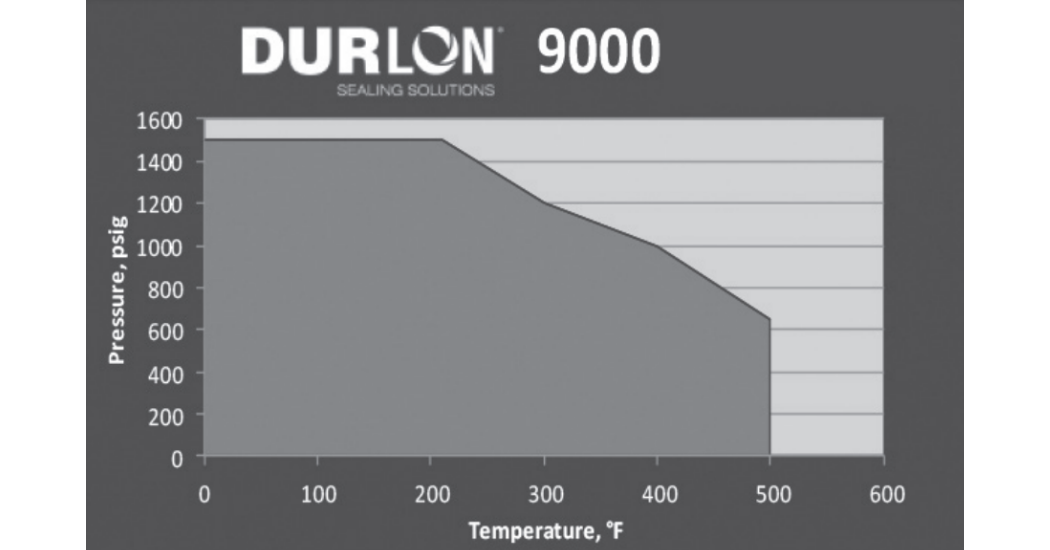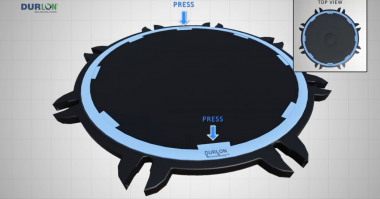With ongoing global changes, most industries in turn, have reflectively looked at making improvements in their choice of gaskets for their particular application needs.
Here is a list of factors that can contribute to changing and/or upgrading a gasket:
- Change in the process or application
- Change in environmental regulations (lower emissions)
- Changes effecting long- or short-term gasket spending
- Change to a supplier that can provide better service and technical support
Using the ASTM F104 line callout chart can assist with cross-referencing and/or comparing existing gaskets thus improving the material selection process and the transitioning towards the gasket replacement. Most manufacturers will complete F104 callout numbers for their products to promote easy comparison. It should be noted that in some cases, the line callout will use the digit ‘9’ which denotes as specified, meaning you will still need to look up the value from the product technical data sheet.
Some gasket properties such as creep relaxation, maximum compression, and even material thickness selection can cause a change in the installation procedure and/or required torque value. Each product type is based independently on different equipment and processes using different formulations. Depending on the gasket type selected, the installation parameters can vary, requiring more/less minimum loading in order to establish a leak-free seal. A determination will be established depending on the application changes that have occurred within the system. For example, the addition of new equipment or process changes/ improvements. In most cases, this is a factor that is commonly overlooked and not planned. A change in the operating pressure or temperature can affect gasket performance requirements but if properly selected based on design (not operation) the gasket can still fit into existing parameters, and save a lot of headaches down the road.
Here are parameters that need to be considered when changing and/ or upgrading a gasket:
- Temperature
- Pressure
- Process fluid
- Operating conditions (process cycling or vibration)
- Flange Conditions
- Service life
It is recommended to always review the published data sheets regarding new gaskets. This will help ensure that the gasket will be able to withstand the conditions where it is intended to be used. Reviewing the pressure-temperature charts will ensure that the gasket will be operating in the safety zone when there is a change in conditions over time.
Above is an example of Durlon® 9000 PTFE gasket material PxT Chart
“So as you can see, there is a lot more to gasket selection when considering a change or an upgrade… and not as simple as choosing a specific colour!” If you have questions or are unsure, please be sure to contact the manufacturer of the material.
Learn more about Durlon’s product line of Durlon® Gaskets on the website.


![Durlon Chemap® filters solve filtration tasks in a simpleand economic way [Case Study]](https://test.empoweringpumps.com/wp-content/uploads/2022/12/Durlon-Chemap®-filters-solve-filtration-tasks-in-a-simpleand-economic-way-Case-Study-7-380x199.png)


Comments